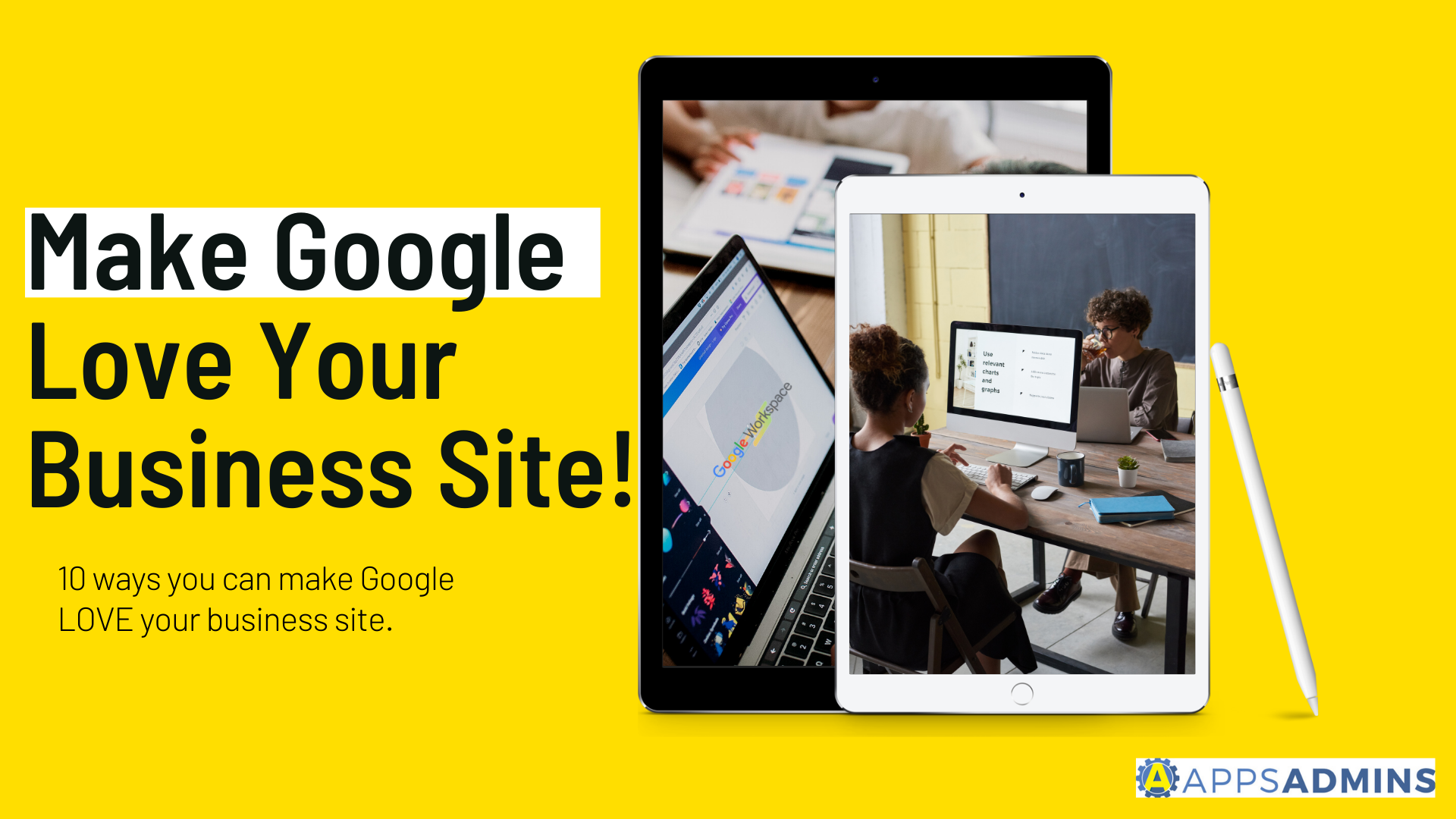G Suite Business Free for 30 Days
Sign up for a Free 30 Day Trial of G Suite Business and get Free Admin support from Google Certified Deployment Specialists.

 The quality of research may be in the eye of the research analyst. However, when reading and considering the results of an analysis done by a reputable research firm, one must still examine the framework and methodology to heighten confidence that the research was done on equitable, solid ground.
The quality of research may be in the eye of the research analyst. However, when reading and considering the results of an analysis done by a reputable research firm, one must still examine the framework and methodology to heighten confidence that the research was done on equitable, solid ground.
This is part two of our analysis of Forrester Consulting's research into the Total Economic Impact of Google Apps for Work. For Part One see: An Analysis of Forrester's 'The Total Economic Impact Of Google Apps For Work'
In Forrester’s TEI study of Google Apps for Work, the framework and methodology are both described in adequate detail so that the analyst may feel the results are trustworthy and applicable. It is a necessary task for a study that is to be taken seriously and used as a base for major economic transitions within a company, school, or organization.
Forrester Consulting identified that the objective of their framework was to assess and specify the cost, benefit, flexibility, and risk factors that impact the investment decisions, to help businesses, schools, and organizations create a plan by which they may take advantage of specific benefits, facilitate the reduction of costs, and improve the general business goals of catching, keeping, and satisfying customers worldwide.
Forrester’s Procedural Steps Used to Maintain Accuracy and Effectiveness:
- Gathered detailed information on Google Apps for Work and the marketplace for Google Apps for Work by interviewing both Google product, sales, and marketing staff, as well as Forrester’s own technical and economic analysts.
- Obtained data regarding costs, benefits, and risks by interviewing six organizations already using Google Apps for Work fully as their base technological structure.
- Forrester created a composite organization using the results of the interviews and the specific organizations’ size and population figures.
- A financial model was created as a representative of the results from the interviews and by using the Total Economic Impact methodology. The cost and benefit data resulting from the interviews and as applied to the composite business was used to construct the financial model.
- The financial model was then risk-adjusted to account for the issues and concerns expressed by the interviewees. Many of the interviewees had reported outside forces that may have affected their respective results. Some questions had a wide variety of answers due to internal decisions and factors. Therefore, Forrester risk adjusted some cost and benefit totals as a key part of their TEI methodology.
Company X: The Specifics of Forrester’s Composite Company
- B2B multinational services company with multiple offices located globally
- 10,000 Google Apps for Work users (of 12,000 employees)
- $4 billion in annual revenue
- A management team of 400 supervising employees divided among many offices and continents
The Four Fundamental Elements of Forrester’s Total Economic Impact in Modeling Google Apps for Work’s Service:
- Benefits – value gained by the business or organization by the proposed product or transitional project
- Costs – the necessary investment needed to gain the value or benefits of the product or project
- Flexibility – the possible future value that may be gained by future investment beyond original investment
- Risks – the uncertainty of cost and benefit estimates within the investment
Regarding the proper identification of costs and benefits within a study, Dr. Thayer Watkins, a professor of economics at San Jose State University, identified six key cost-benefit components, all of which Forrester considered, factored, and implemented as a basis for their framework and methodology.
Six Key Cost-Benefit Components:
- Description of Project – The project life, assumptions, and objectives of the research
- Alternative Scenarios – Decisions will be made regarding the proper order of implementation and transition. Which decisions can benefit CBA?
- Identify Costs and Benefits – Specify costs and benefits for each scenario and decision, along with any outside factors that influenced those costs and benefits.
- Schedule Costs and Benefits – For purposes of research and determining total economic impact (TEI), the research firm must identify a time period for analysis (i.e. one month, one year, five years, etc.)
- Comparisons of Alternatives – To further explain decision making, charts and graphs will be employed so that the various scenarios are explained visually and clearly.
- Sensitivity Analysis – How flexible are the costs and benefits?
Forrester Consulting has extensive experience in working with management consultants, venture capitalists, and senior execs to develop workable, efficient, high-leverage policies and analysis that will guide future decision-making.
Companies have strict processes as they consider major structural changes to the way they do business. Return on investment (ROI) analysis related to IT decisions and purchases is an important factor for any business considering an enterprise transition. Forrester had exhausted the variety of possibilities and outcomes before beginning their research on the TEI of implementing Google Apps for Work. The design structure was in place so that decision makers within companies, schools, and organizations could make confident, solid decisions based upon their research.
.jpg?width=818&name=appsadmins-svg-rules-1%20(2).jpg)







